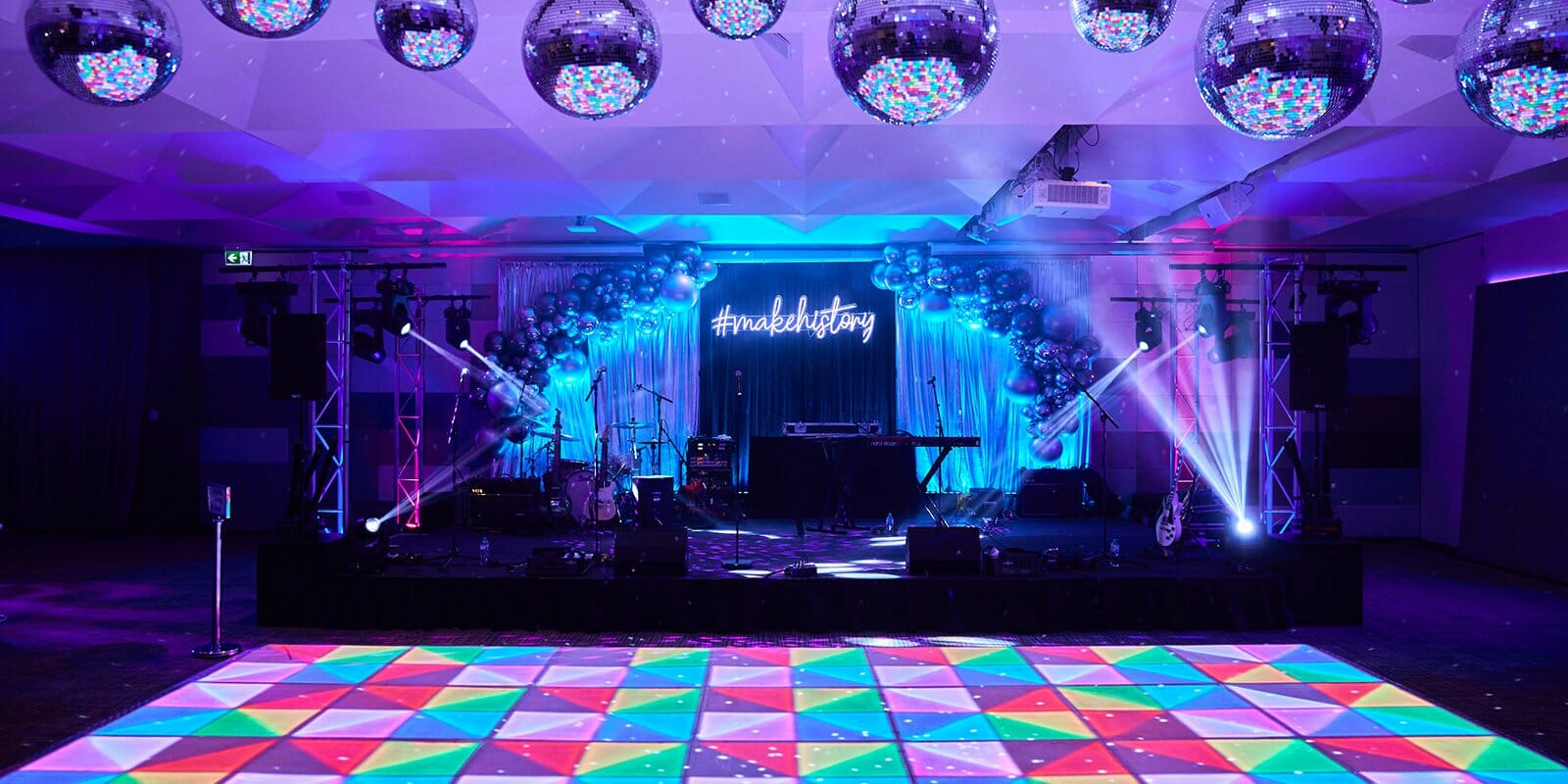Timber dance surfaces are often favored for their traditional appearance and texture. They offer a natural area that can take in shock, which is advantageous for performers who execute high-impact movements. The elasticity of wood helps reduce the risk of harm, such as twists and strains, by providing a supportive surface. Additionally, wood surfaces can be restored, allowing them to keep their look over the years. This longevity makes them a sustainable investment for dance spaces. However, timber floors can be more expensive to install and maintain compared to vinyl options, and they may require regular upkeep to avoid bending or damage from moisture.
Conversely, vinyl dance surfaces offer a variety of advantages that make them attractive to many dancing spaces. One of the main advantages of vinyl is its affordability. Synthetic flooring is generally less expensive to buy and install than timber, making it a budget-friendly option for spaces. Furthermore, synthetic is available in a wide range of colors and patterns, allowing for greater personalization to align with the aesthetic of the area. Vinyl surfaces are also simpler to clean and care for, as they are resistant to stains and moisture. However, some performers may find that vinyl does not provide the same level of shock cushioning as wood, which could lead to unease during extended practice sessions.
Another important consideration to consider is the kind of dance being executed. Various dance genres may demand distinct floor surfaces for optimal performance. For example, classical ballet performers often prefer timber floors because they offer a stable area for spins and jumps. In comparison, styles like hip-hop or contemporary may gain from the slip-resistant features of synthetic. It is essential for dance studio owners to take into account the main dancing styles taught in their studio when choosing a floor material. This consideration can help guarantee that performers have the optimal potential experience while rehearsing and executing.
Visual appeal also holds a major part in the decision-making process. Timber surfaces are often associated with elegance and tradition, making them a popular option for elegant dance spaces and theaters. The organic grain and richness of timber can establish a welcoming atmosphere that enhances the general experience for both dancers and audiences. Conversely, vinyl floors can be designed to mimic the appearance of wood or alternative substances, providing a modern and stylish look. The decision between timber and vinyl can ultimately hinge on the desired ambiance of the area and the impact that studio owners want to establish.
In summary, both timber and vinyl dance surfaces have their own collection of benefits and drawbacks that can impact execution and aesthetics. Timber surfaces offer durability, impact cushioning, and a traditional appearance, while vinyl navigate to this web-site surfaces provide affordability, ease of upkeep, and styling flexibility. The decision between these materials should be determined on the particular requirements of the performers, the kinds of dancing being performed, and the general vision for the dance studio. By thoughtfully evaluating these factors, dance studio owners can create an environment that supports optimal execution and improves the enjoyment of dance for everyone participating.
